“All warfare is based on deception. Hence, when we are able to attack, we must seem unable; when using our forces, we must appear inactive; when we are near, we must make the enemy believe we are far away; when far away, we must make him believe we are near.”
― Sun Tzu, The Art of War
During World War II, both the Allied forces and Germany used military deception to their advantage. But the Allied planners stepped up their game of deception up a notch. They came up with a more elaborate mobile, self-contained deception unit capable of staging multimedia illusions on demand.
The 1,100 men strong special deception unit were capable of simulating two full divisions—up to 30,000 men—with all the tanks and artillery that the real units might be expected to have. The illusion might discourage the enemy from exploiting a weak spot by making the site seem as if it was heavily defended, or could draw enemy troops away from where real American units were planning an attack.
They called it the Ghost Army.
The master of military deception Army, which was capable of carrying out large-scale camouflage, was loaded with artists, architects and designers and they were pretty awesome at their mission — unleashing their visual talents to a create different kind of war in the minds of their enemies.
Inflatable dummy tanks and trucks set up near the Rhine River in Germany. Attention to detail was critical. Bulldozers were used to make tank tracks leading up to where the 93 lb (42 kg) inflatable dummies stood. Real artillery shells were tossed around fake guns.
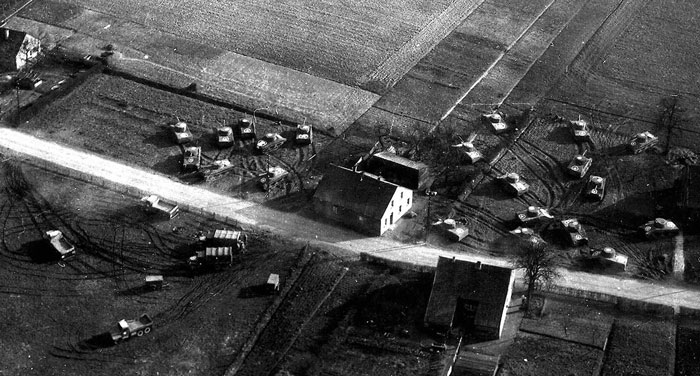
Credit: US National Archives|Bundesarchiv|Getty Images
A Ghost Army trooper paints an inflatable rubber tank modelled on an M-4 Sherman. The 23rd Headquarters Special Troops, an elite force whose speciality was tactical deception, was a matter of military secrecy until its declassification in 1996.
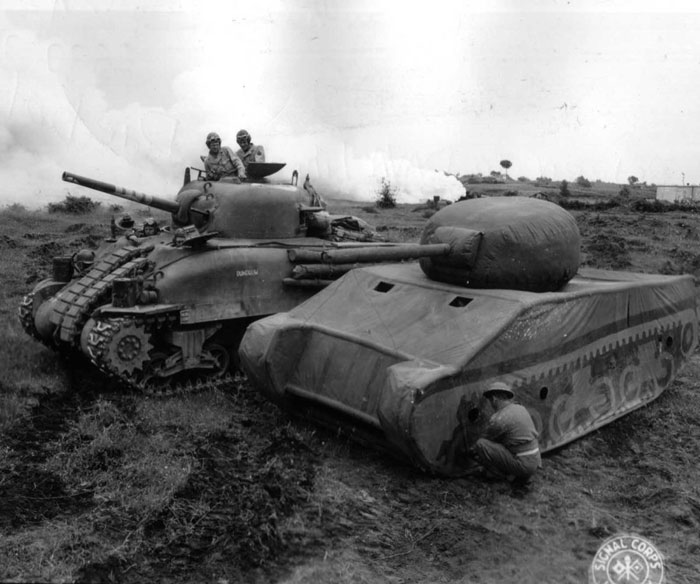
Credit: US National Archives|Bundesarchiv|Getty Images
To complete the experience, the Ghost Army also used sonic deception, helped by engineers from Bell Labs. The team recorded sounds of various units onto a series of sound-effects records, each up to 30 minutes long. The sounds were recorded on state-of-the-art equipment, and then played back with powerful amplifiers and speakers that could be heard 15 miles (24 km) away.
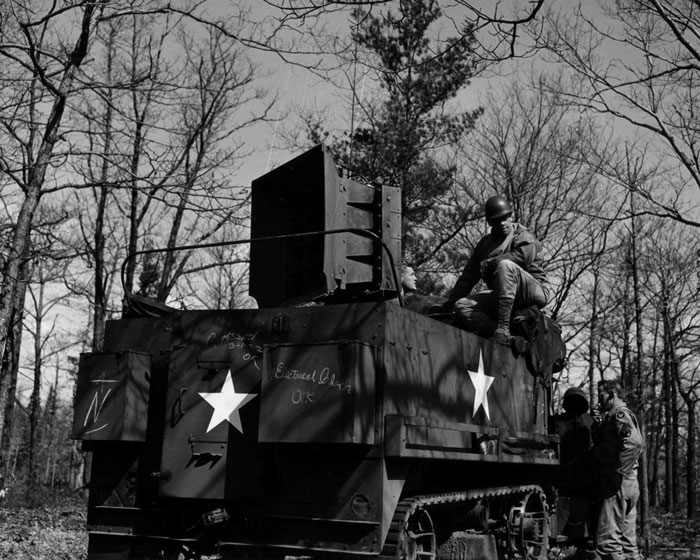
Credit: US National Archives|Bundesarchiv|Getty Images
The 1,100-strong Ghost Army would usually impersonate a specific, much larger division, such as the 6th Armored Division, which had 15,000–20,000 soldiers. This photo shows a mock-up of an artillery piece typically used to support large divisions.
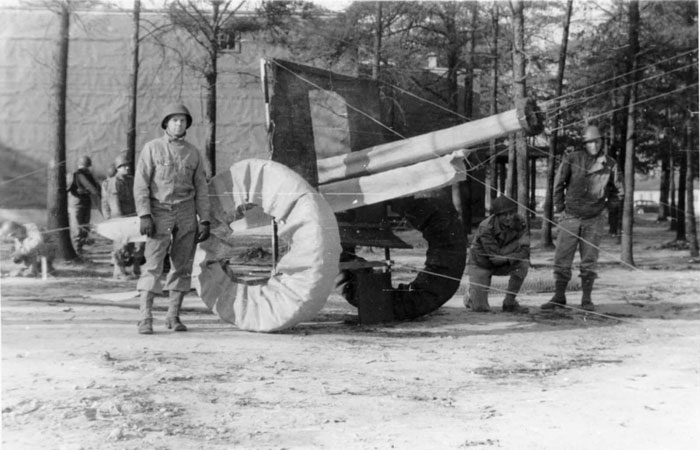
Credit: US National Archives|Bundesarchiv|Getty Images
An inflated rubber L-5 reconnaissance plane used by the Ghost Army at one of the last operations on the western border of Germany. Their last performance, Operation Viersen, successfully fooled German forces into converging to defend a point on the Rhine miles away from the actual attack.
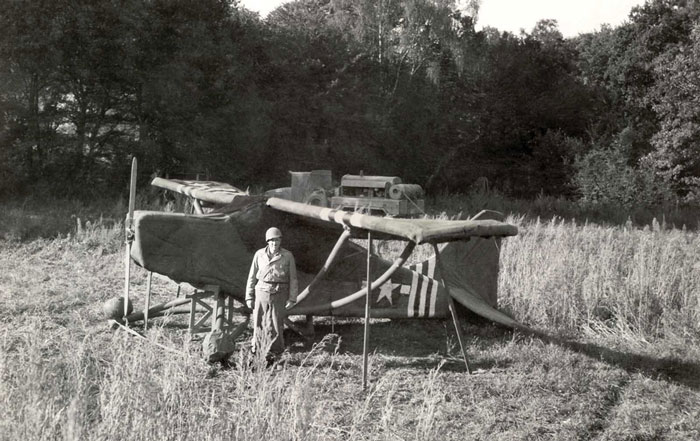
Credit: US National Archives|Bundesarchiv|Getty Images
Soldiers lift up an inflatable rubber dummy tank in England. 1939.
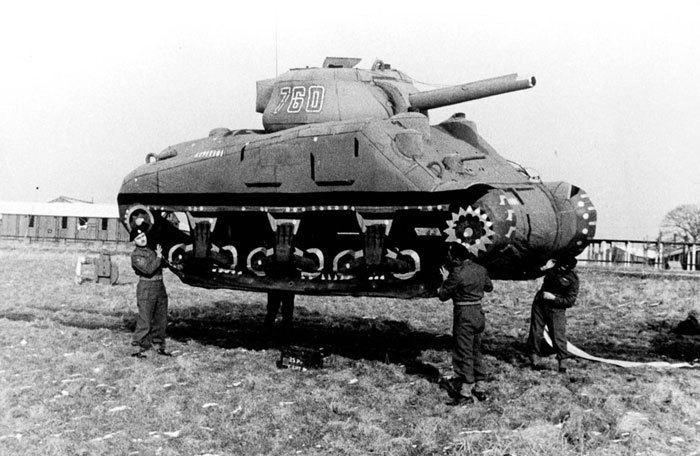
Credit: US National Archives|Bundesarchiv|Getty Images
A German dummy tank made of reeds. 1918.
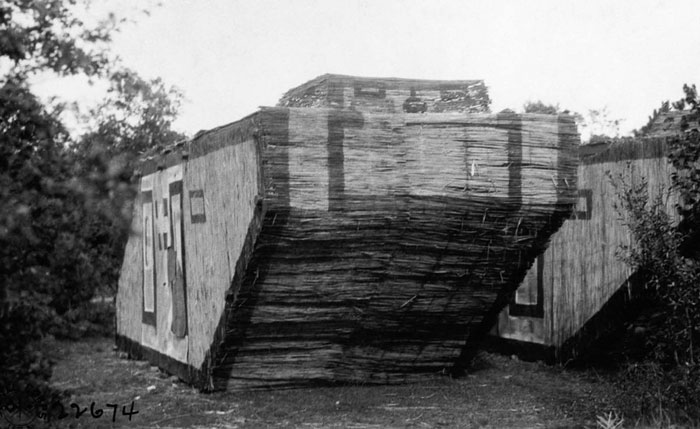
Credit: US National Archives|Bundesarchiv|Getty Images
German soldiers push a pair of dummy tanks. 1925.
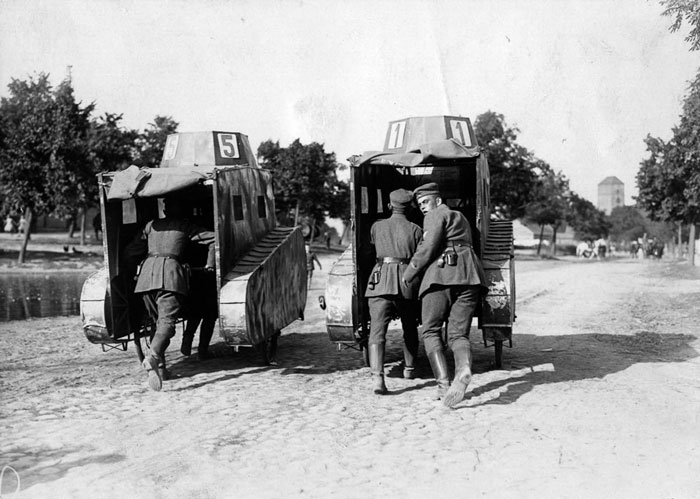
Credit: US National Archives|Bundesarchiv|Getty Images
Cardboard German dummy tanks on maneuvers. 1928.
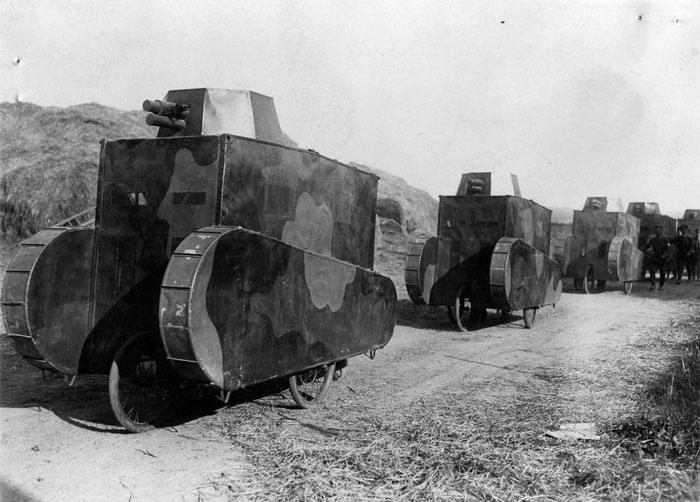
Credit: US National Archives|Bundesarchiv|Getty Images
German dummy tanks. 1926.
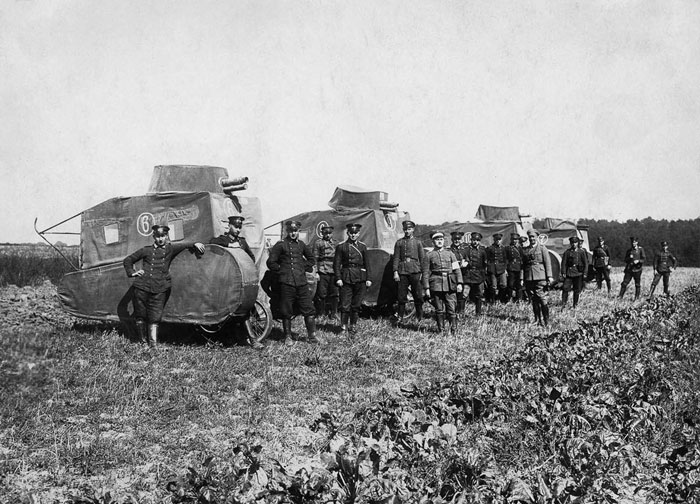
Credit: US National Archives|Bundesarchiv|Getty Images
A German soldier pushes a dummy tank. 1931.
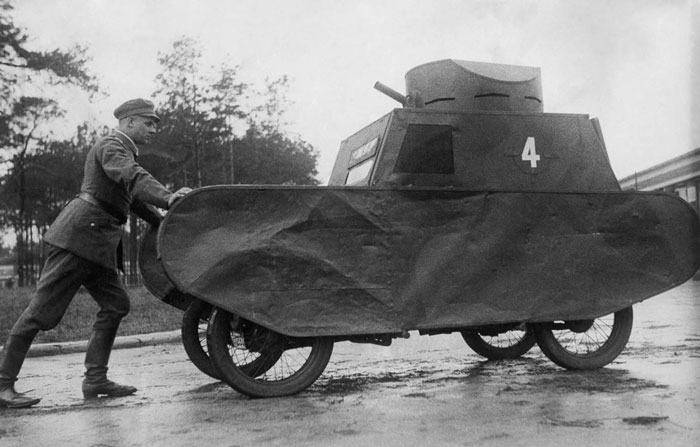
Credit: US National Archives|Bundesarchiv|Getty Images
German soldiers carry the shell of a dummy tank to be attached to a car. 1931.
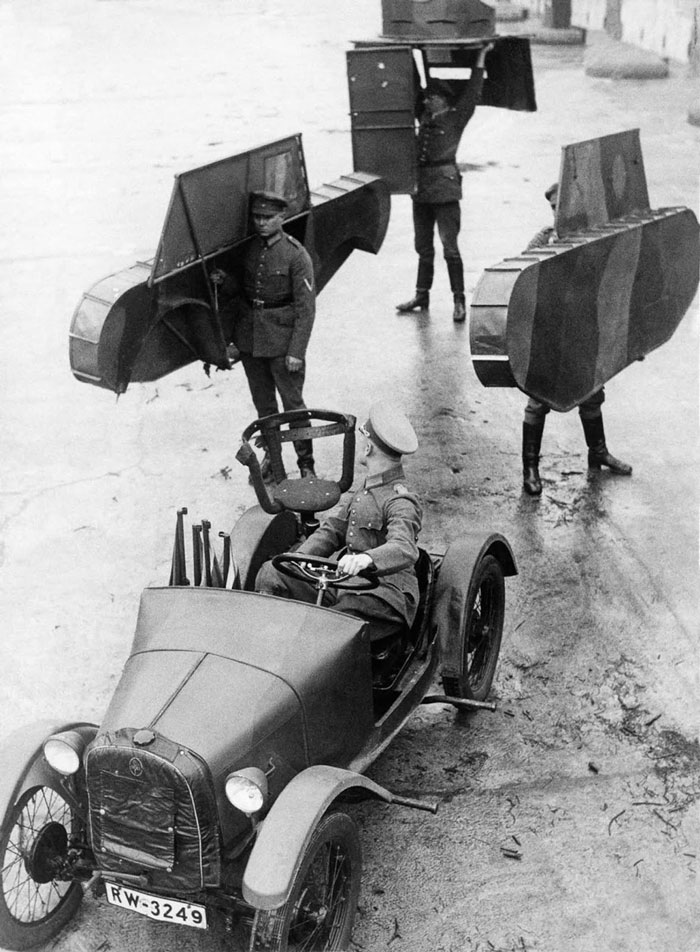
Credit: US National Archives|Bundesarchiv|Getty Images
German dummy tanks. 1931.
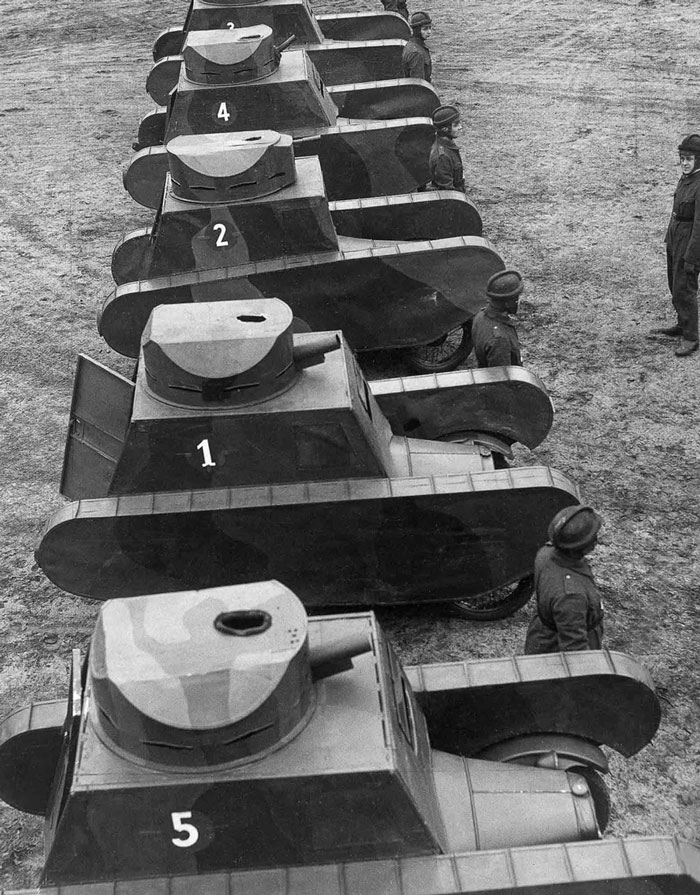
Credit: US National Archives|Bundesarchiv|Getty Images
Germans conduct military exercises with dummy tanks. 1932.
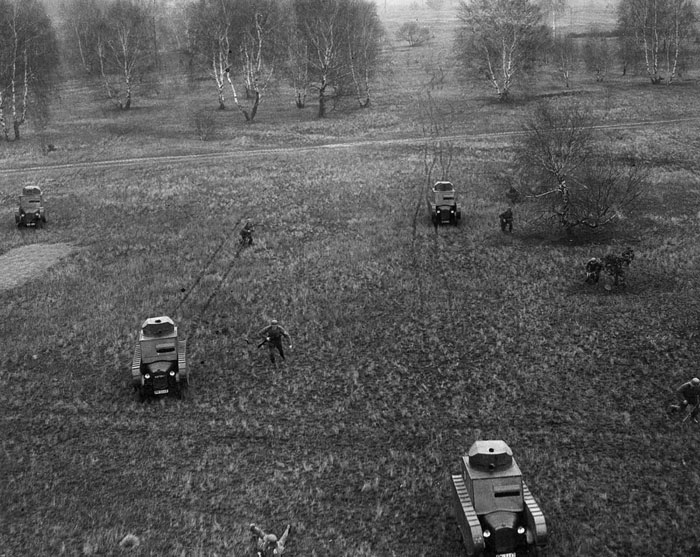
Credit: US National Archives|Bundesarchiv|Getty Images
German troops ferry a dummy tank across the river Oder during military exercises. 1932.
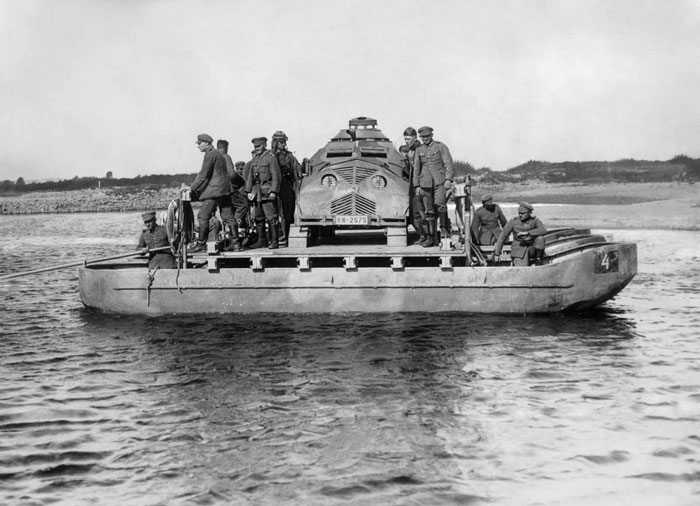
Credit: US National Archives|Bundesarchiv|Getty Images
A German dummy tank in front of the Reichstag. 1932.
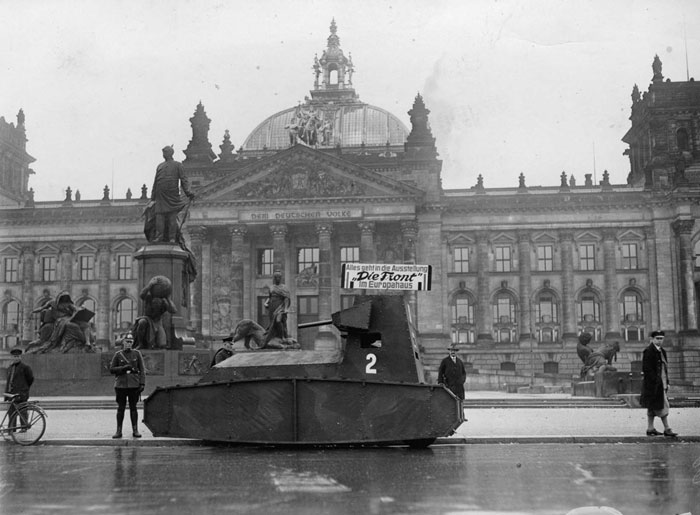
Credit: US National Archives|Bundesarchiv|Getty Images
British troops inflate a rubber dummy tank. 1940.
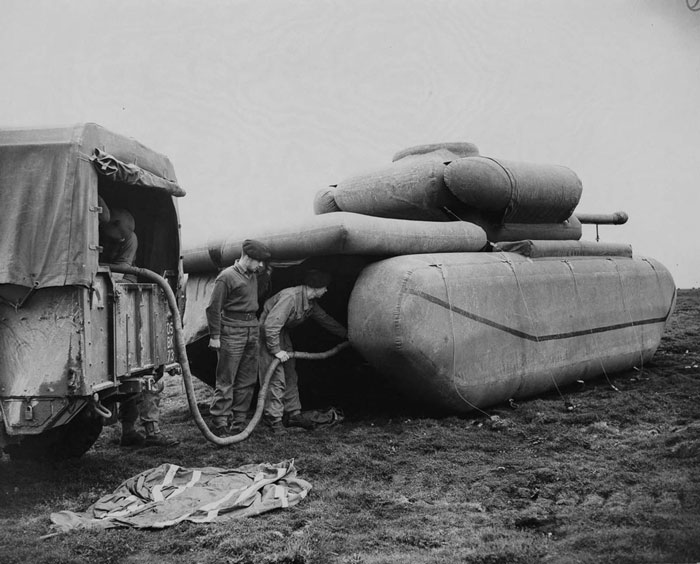
Credit: US National Archives|Bundesarchiv|Getty Images
American soldiers inspect a wooden German dummy tank built over a four-ton truck in France. 1944.
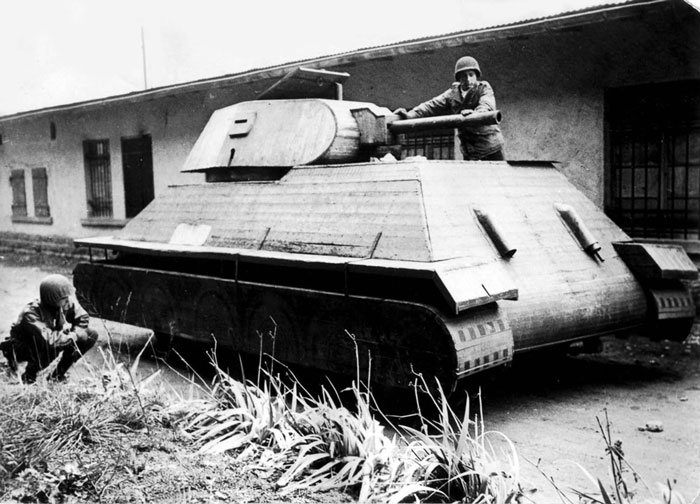
Credit: US National Archives|Bundesarchiv|Getty Images
An American soldier inspects a German dummy tank in Metz, France. 1944.
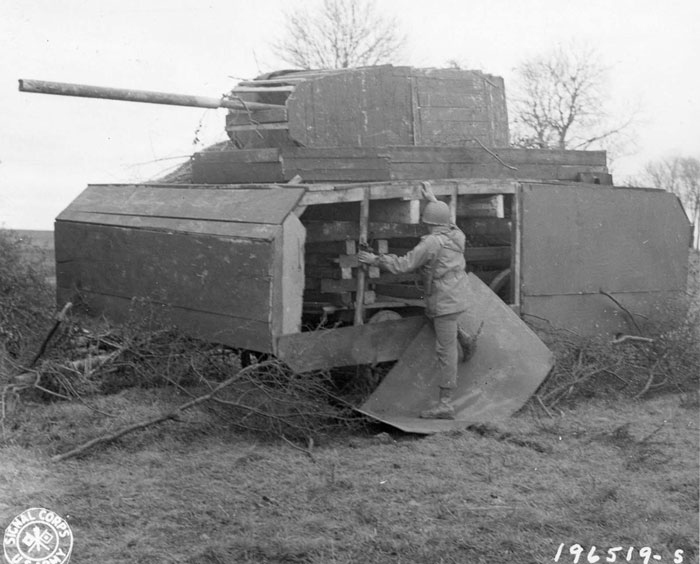
Credit: US National Archives|Bundesarchiv|Getty Images
A U.S. Marine rips a wooden slat off a Japanese dummy tank on Okinawa. 1945.
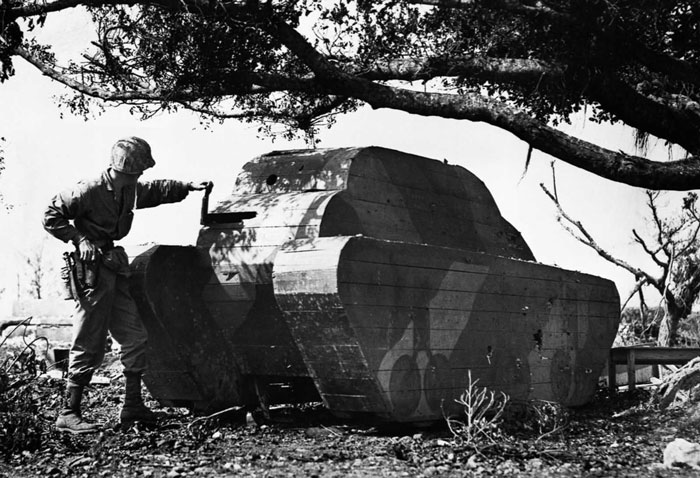
Credit: US National Archives|Bundesarchiv|Getty Images
An American soldier peers inside a German dummy tank on the outskirts of Cologne. 1945.
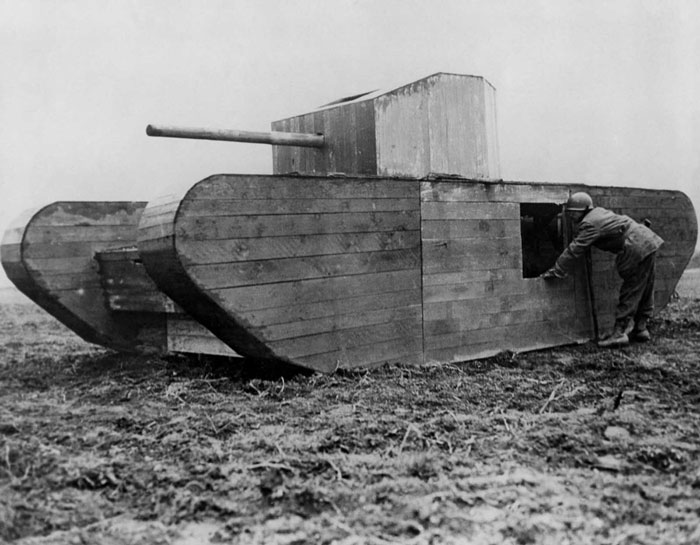
Credit: US National Archives|Bundesarchiv|Getty Images
British soldiers hoist an inflatable dummy tank during exercises on Salisbury Plain (after the war ended).
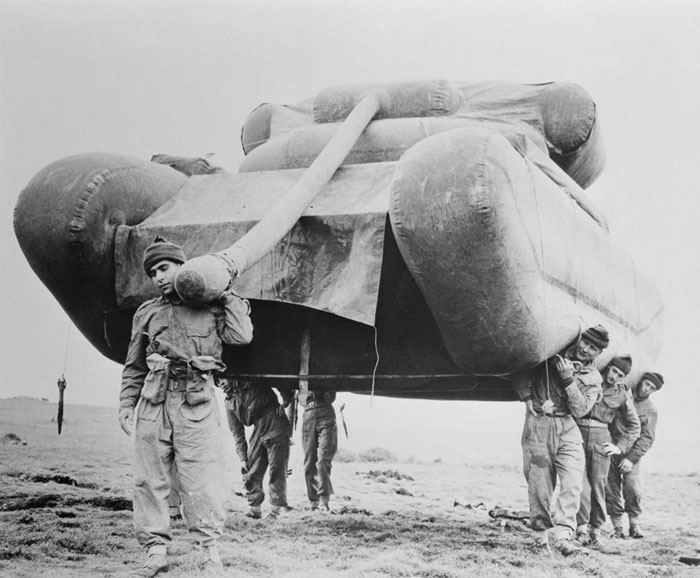
Credit: US National Archives|Bundesarchiv|Getty Images
